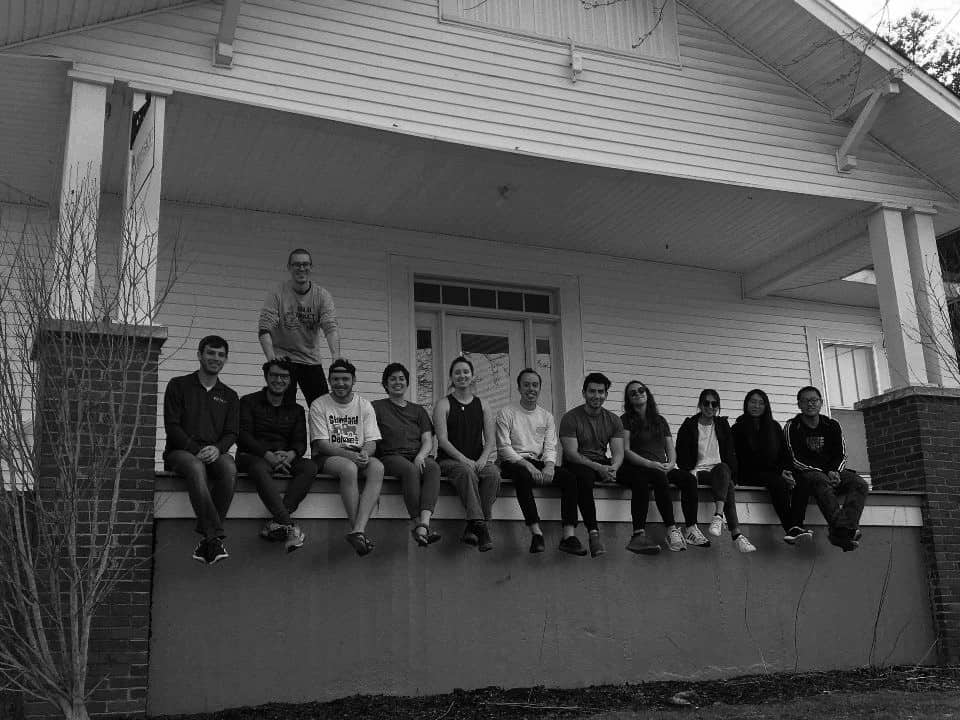Alabama ASLA Student Research Awards

APLA landscape architecture students have the opportunity to submit research for National Student Awards from the American Society of Landscape Architects. Most recently, three Auburn University Master of Landscape Architecture Students received Merit & Honor awards for their research, and some of the work is featured below.
Graham Farm:
A model for southern Appalachia’s agricultural future
Jeisson Andres Orjuela Parra
The Paint Rock River Valley, located in the southern Appalachian range of north Alabama, has long been home for a community of farmers with sharp progressive ideals and familial roots. Sandstone plateaus, rough mountain slopes, and limestone valleys are the main physiographical conditions of the landscape that have influenced the type of farming allowed in the region. Local families have embraced progressive farming practices to transform the cultural landscape of Jackson County, Alabama. Graham Farm stands as one precedent. The farm was purchased by the Graham Family in 1830 and remained in their hands for almost two centuries. It was donated to the Alabama Cooperative Extension System in 2012 for education, preservation, and conservation purposes. The farm has experienced shifts from mules to tractor, as well as terracing. This proposal establishes a continuity in the farm’s progressive ideal by understanding Southern farms’ potential to adopt crop rotation systems, grow energy-producing crops, and provide spaces to educate people through demonstration areas and experiential moments.
Re-thinking Alabama’s Energy Infrastructure
Alejandro Ramos
One of the key elements shaping the landscapes around the Coosa and Chattahoochee Rivers is that dams create enormous water bodies that attract recreation, development and production, both from industry and agriculture. Logan Martin lake, specifically, has been listed as one of the most impaired water bodies in Alabama due to high rates of nutrient-rich agricultural runoff that pours into the lake, encouraging the growth of algae and creating serious ecological damage.
This project explores what would it mean for these landscapes to advance with a more renewable way of producing energy in the future; it proposes an experimental productive landscape next to Logan Martin Dam that tries to fit in and improve the whole system of energy production, recreation, agriculture, industry, ecology and history that exists around Logan Martin Lake, and potentially many other lakes along the Coosa River Valley. The proposed design consists on a series of earthworks at the south-east side of Logan Martin Dam that would allow the capture of agricultural runoff and the production of algae along a series of terraces that lead into the Coosa River. One of the ways in which energy may be generated in the future is by using algae-based biofuels. Algae farms need water, sunlight, nutrients, CO2 and energy to provide algae to produce biofuels; production of this biofuel then cleans the water where the algae thrives. Proximity to the dam and river would allow the use of existing infrastructure to produce and distribute energy and to easily pour the clean water back to the river. This algae farm would be open to the public, allowing people to learn about renewable ways of producing energy and the history and importance of dams in Alabama, and providing visitors access to the river, which is very limited now.
See more in:
Research,
Student Experience,
Student Recognition